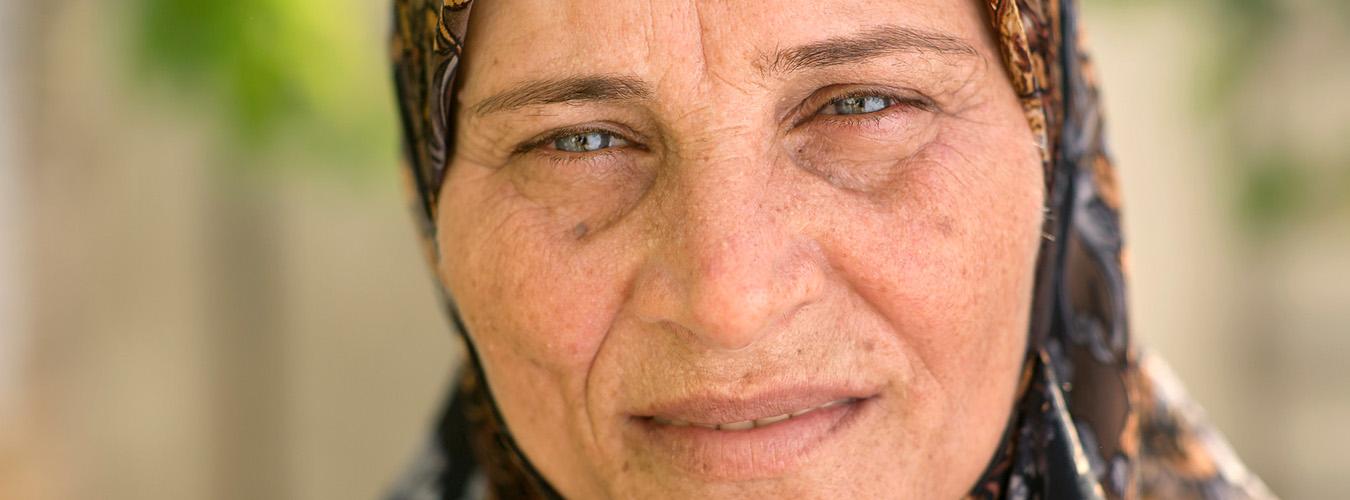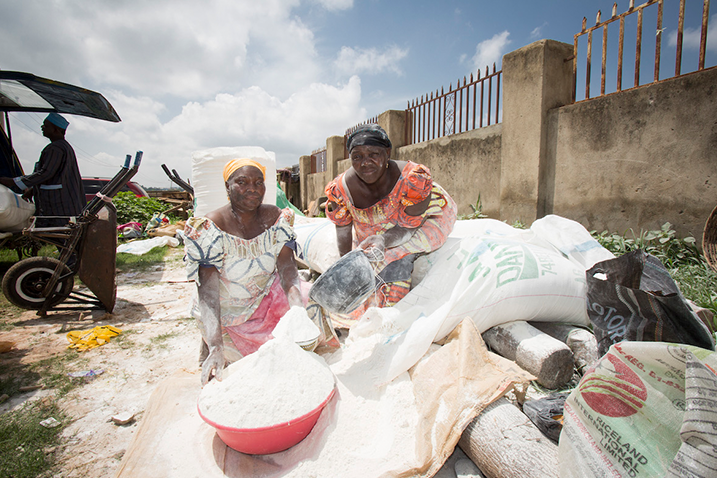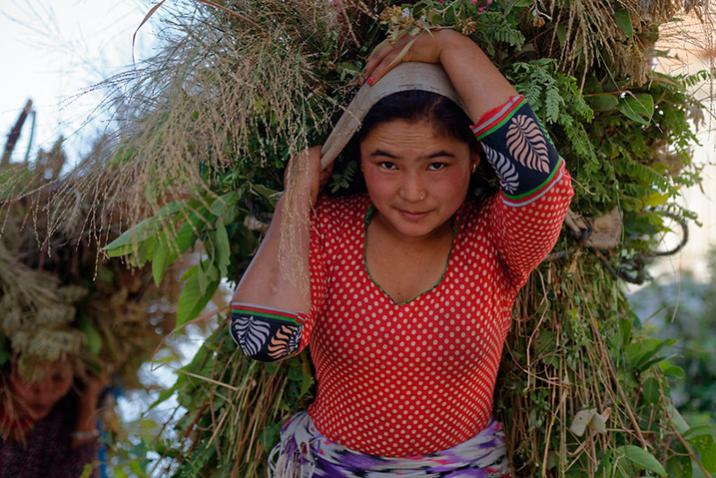The Invaluable Contribution of Rural Women to Development
Achieving gender equality and empowering women is not only the right thing to do but is a critical ingredient in the fight against extreme poverty, hunger and malnutrition.
Women account for a substantial proportion of the agricultural labor force, including informal work, and perform the bulk of unpaid care and domestic work within families and households in rural areas. They make significant contributions to agricultural production, food security and nutrition, land and natural resource management, and building climate resilience.
Even so, women and girls in rural areas suffer disproportionately from multi-dimensional poverty. They may be as productive and enterprising as their male counterparts but are less able to access land, credit, agricultural inputs, markets, and high-value agrifood chains and obtain lower prices for their crops.
Structural barriers and discriminatory social norms continue to constrain women’s decision-making power and political participation in rural households and communities. Women and girls in rural areas lack equal access to productive resources and assets, public services, such as education and health care, and infrastructure, including water and sanitation, while much of their labor remains invisible and unpaid, even as their workloads become increasingly heavy due to the out-migration of men. Globally, with few exceptions, every gender and development indicator for which data are available reveals that rural women fare worse than rural men and urban women and that they disproportionately experience poverty, exclusion, and the effects of climate change.
This International Day, let’s recognize the work of these heroines in the food systems of the world, and let's claim rural areas with equal opportunities for all.
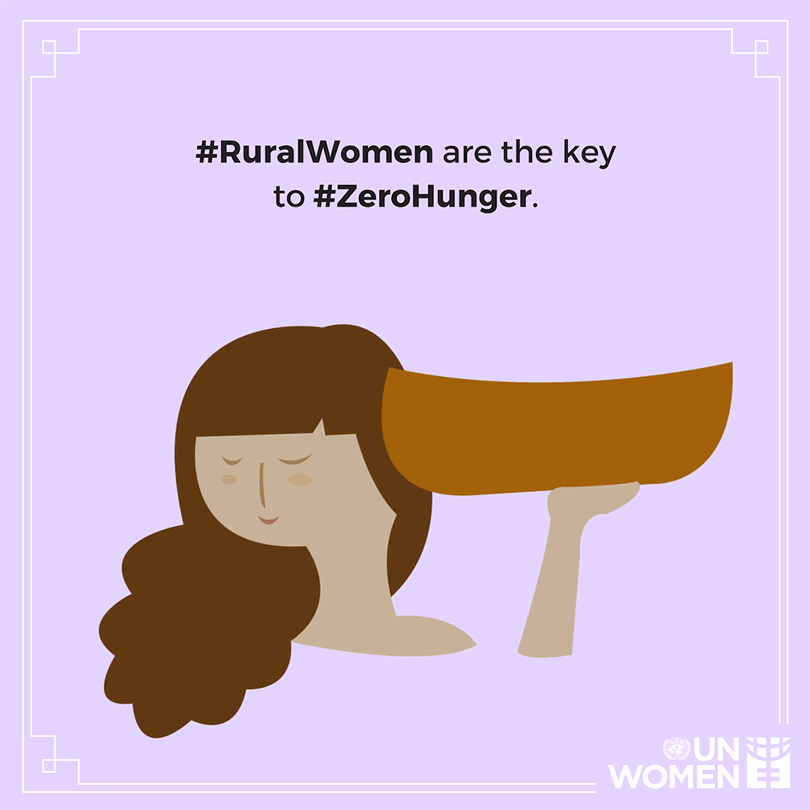
Get to know the numbers: rural women and girls
Discover through this UN Women infographic the challenges and consequences faced by rural women and girls compared to men or urban locations.
Did you know?
- On average, women make up more than 40 percent of the agricultural labor force in developing countries, ranging from 20 percent in Latin America to 50 percent or more in parts of Africa and Asia.
- Less than 15% of landholders worldwide are women.
- In some countries, over 50% of girls from poor rural households will be married as children.
Source: ILO 2018
Stories
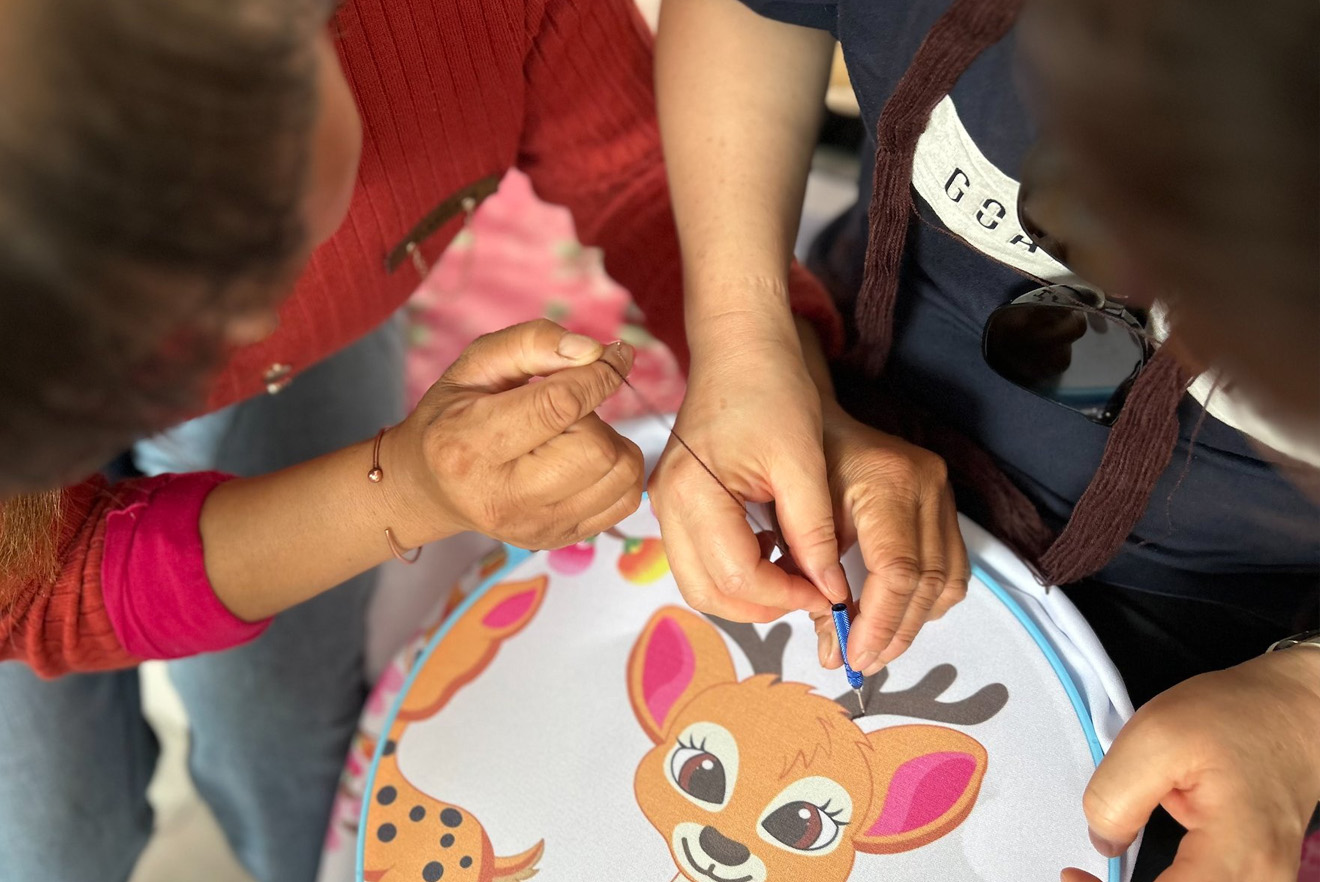
A fingertip industry: Empowering and financing women to support biodiversity in Qinghai Province, China
For the Qilian Mountains-Qinghai Lake Landscape, co-management and co-existence are the only ways to ensure the survival of the area’s unique and magnificent species who inhabit the forbidding mountain ranges. See how Rural Women and embroidery are a crucial part of this work #ForPeopleForPlanet.

